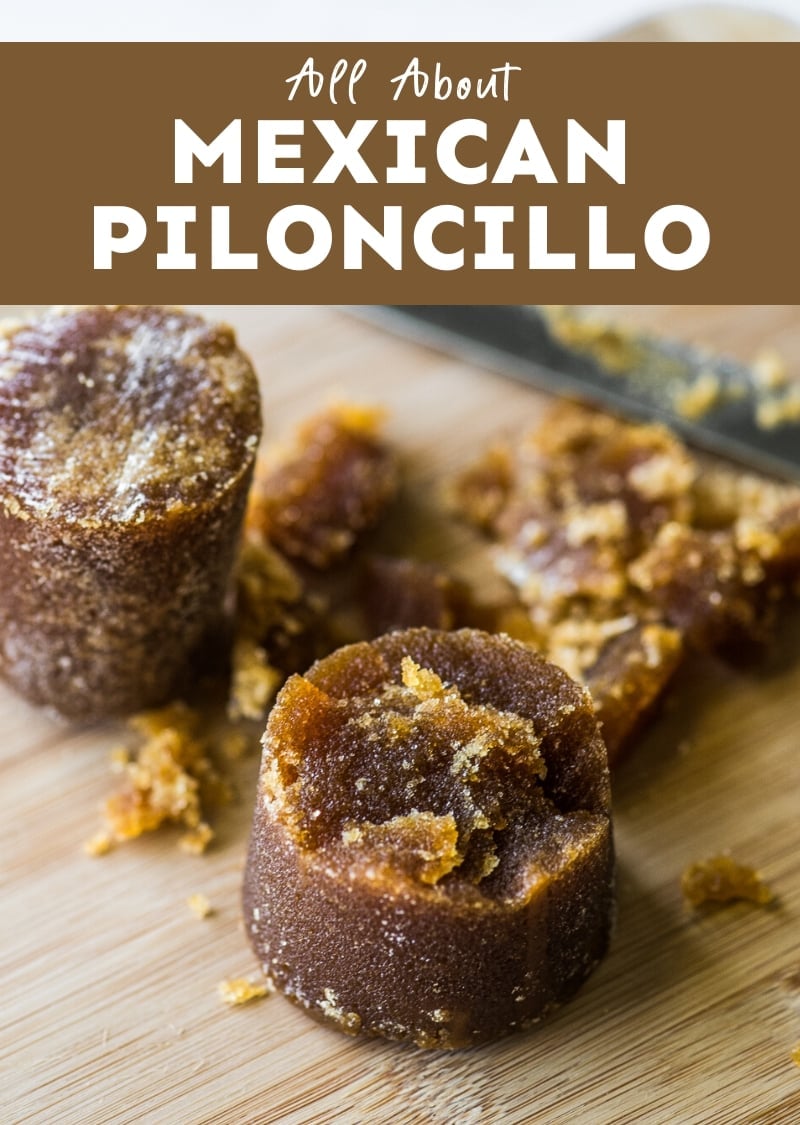Piloncillo, a traditional Spanish word, refers to a type of unrefined cane sugar that has been a staple in Latin American cuisine for centuries. This raw, non-centrifugal sugar is made from the juice of sugarcane, which is boiled down to create a rich, caramel-like syrup that is then formed into small cones or blocks. The resulting product is a delicious, versatile sweetener with a distinctive flavor profile, often compared to brown sugar or molasses, but with a coarser texture and more robust taste.
Origins and Production
Piloncillo originates from Mexico and other Latin American countries, where sugarcane has been cultivated for centuries. The traditional method of producing piloncillo involves extracting the juice from sugarcane, boiling it in large vats until it reaches a specific consistency, and then shaping it into its characteristic cone or block form. This labor-intensive process not only preserves the natural flavors and nutrients of the sugarcane but also lends piloncillo its distinctive, slightly crunchy texture.
Culinary Uses
Piloncillo’s unique flavor and texture make it an invaluable ingredient in traditional Latin American desserts and beverages. Here are some of its most common uses:
- Hot Chocolate: Piloncillo is a crucial ingredient in authentic Mexican hot chocolate, providing a depth of flavor that is hard to replicate with refined sugars.
- Baked Goods: It adds a rich, caramel flavor to cakes, cookies, and breads, making it a popular choice for traditional Latin American baked goods.
- Candies and Desserts: Piloncillo is used to make a variety of sweet treats, including traditional candies like alegrías (a type of amaranth candy), and desserts like flan and budín (similar to a moist pudding).
- Syrups and Sauces: By dissolving piloncillo in water or milk, you can create a delicious syrup to top pancakes, waffles, or ice cream, or as a base for sauces for desserts.
Health Benefits
Compared to refined sugars, piloncillo retains more of the natural minerals and vitamins present in sugarcane, making it a somewhat healthier option for those with a sweet tooth. It contains iron, calcium, and other minerals, although it should still be consumed in moderation as part of a balanced diet. The absence of refining processes also means that piloncillo avoids the chemical additives often found in white sugar.
Cultural Significance
Beyond its culinary uses, piloncillo holds significant cultural and historical value. It has been a staple in rural Latin American communities for generations, where access to refined sugars was limited. The traditional process of making piloncillo is often tied to family and community gatherings, reinforcing social bonds and preserving cultural heritage. In many parts of Latin America, piloncillo is more than just a sweetener; it’s a symbol of tradition, community, and the connection to the land and ancestors.
Availability and Substitutes
While piloncillo is widely available in Latin American markets and some specialty stores in larger cities, it might be harder to find in certain regions. For recipes calling for piloncillo, brown sugar or muscovado can be used as substitutes, although they lack the unique flavor and texture of authentic piloncillo. For those interested in trying piloncillo, online retailers and import stores are good places to look, offering a chance to experience the rich flavors and traditions of Latin American cuisine.
Conclusion
Piloncillo, with its rich history, cultural significance, and versatile culinary applications, is a fascinating ingredient that can add depth and authenticity to a wide range of dishes. Whether you’re looking to explore the flavors of Latin America, seek a more natural alternative to refined sugars, or einfach wish to discover new culinary traditions, piloncillo is certainly worth trying. Its unique blend of tradition, flavor, and versatility makes it a valuable addition to any kitchen, inviting us to explore the rich culinary heritage of the regions where it originates.
What is the traditional method of producing piloncillo?
+The traditional method involves extracting juice from sugarcane, boiling it until it reaches a specific consistency, and then shaping it into cones or blocks.
How does piloncillo differ from brown sugar?
+Piloncillo has a coarser texture and a more robust, caramel-like flavor compared to brown sugar, and it retains more natural minerals and vitamins from the sugarcane.
What are some common culinary uses of piloncillo?
+Piloncillo is commonly used in hot chocolate, baked goods, candies, and as a syrup for desserts, offering a depth of flavor and texture that is unique and versatile.
Does piloncillo have any health benefits compared to refined sugars?
+Yes, piloncillo retains more of the natural minerals and vitamins from sugarcane and lacks the chemical additives found in refined sugars, making it a somewhat healthier choice when consumed in moderation.
Where can I find piloncillo if it’s not available in local stores?
+You can find piloncillo in online retailers, import stores, or specialty food shops that carry Latin American products. Brown sugar or muscovado can be used as substitutes in recipes, though they won’t offer the same unique flavor and texture.



